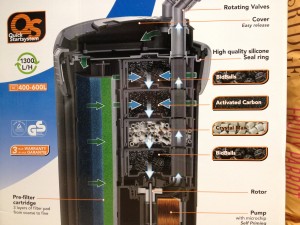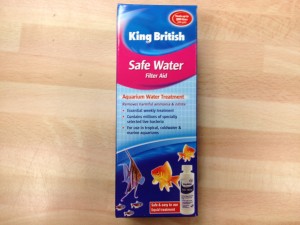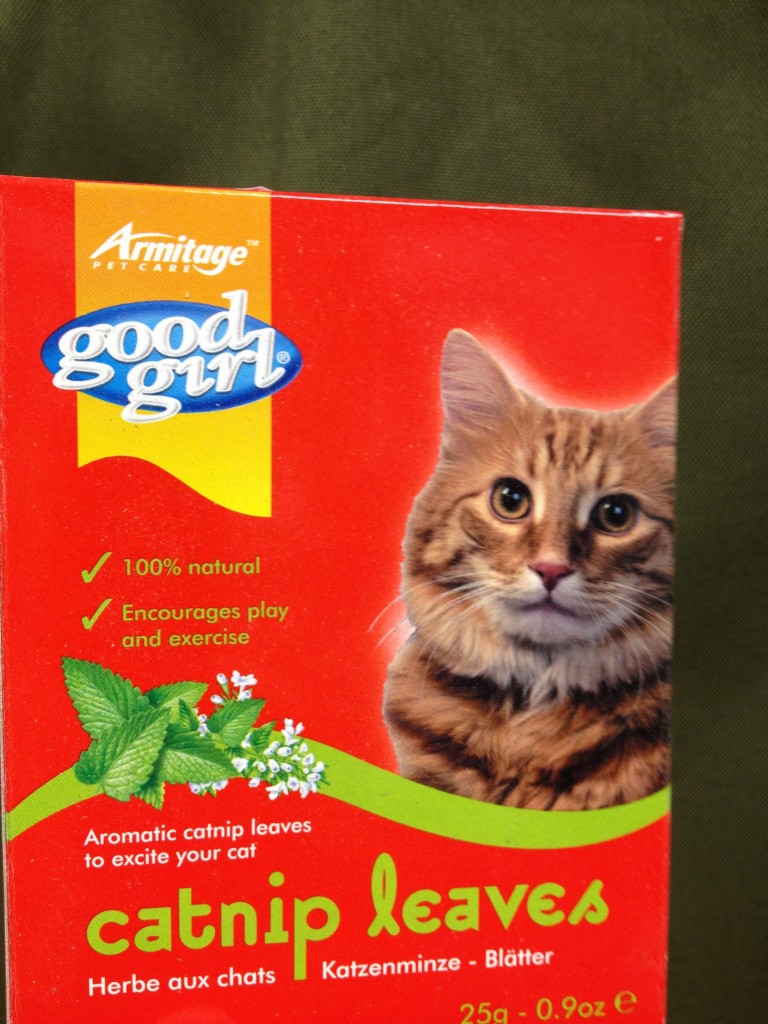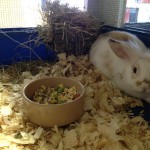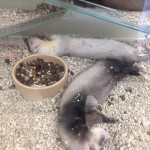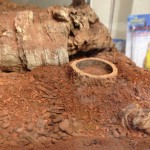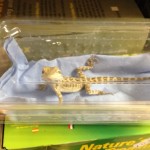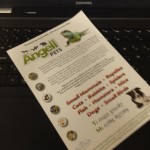Natures Menu raw foods are now in stock. Natures Menu ready made meals or raw meat packs are now avaiable at competetive prices. Here are a couple of excerpts from the Natures Menu preamble to what the product is and why feeding raw food is good for your animal.
“Natures Menu are proud to be the leading experts in natural and raw dog and cat food. Turning to mother nature for its unrivalled recipes, answers to common well-being issues and a happier, more content pet.
Our range of complete and balanced raw meals for dogs provide a convenient and simple way to feed your dog a healthy raw diet every day.
With over 30 years of knowledge and expertise making raw and natural pet foods Natures Menu can assure the highest level of safety, palatability and nutrition, creating foods that nourish your dog holistically on all levels; mind, body and soul.
Option 1: Feed your pet our complete and balanced raw meals range. We have currently 8 Natures Menu varieties, 4 of those are grain free.
Option 2: You make the raw meals up for yourself at home using a variety of ingredients of Meat, Meaty Bones, Ground Fruit and Vegetables and for some dogs(never cats), a non starchy grain.
Dogs and cats are hunters and the basis of their teeth structure, jaws, stomach acid ph and whole digestive system is designed specifically to deal with lots of juicy meat and raw bones. Dogs and cats are carnivores who have evolved to eat a meat and bone based diet. Today there is an abundance of dry extruded and other industrially processed petfood on the market. This may be convenient, but is light years away from the food which nature intended dogs and cats to eat. Biology is a science itself and on a biological level your pet’s body is designed and has evolved to, digest raw foods quality proteins rather than processed cooked proteins and grains.
These are some basic natural rules to keeping your pet dog or cat happy and content:
- A variety of diverse ingredients will supply your pet with an abundance of natural nutrients
- Fresh meat protein will always be better than processed proteins and where possible, fresh protein should be the main protein source. Protein derived from meat meals or meat and bone meals is a food by product and we recommend where ever possible avoiding heavily processed proteins. Check the packaging on your pet food to see if it includes real fresh meat protein.
- Fresh fruits and vegetables provide an abundance of natural vitamins, minerals and anti-oxidants which are essential to maintain your pet in the best health. Fresh peas, carrots, swede, sweet potato, apples, blue berries and lots more great ingredients are all used in Natures Menu foods and locally sourced wherever possible.
- Low starch carbohydrates or single source carbohydrates are much better for your dog’s digestion than highly processed heat treated grains. All of the Natures Menu products are wheat free and wheat gluten free. Parboiled rice is the only grain used instead and many of the Natures Menu products are totally grain free. We believe a small amount of boiled rice with some chicken or other real meat protein, mixed with fresh vegetables and fruits creates a full balanced meal for many dogs with totally balanced nutrition.
- Dogs and cats thrive on quality foods and deserve more than just a bowl of dry cereal and water each day
The Raw Feeding Way Raw Feeding is also often referred to as B.A.R.F feeding which stands for Biologically Appropriate Raw Foods a way of feeding which is fully in tune with what nature intended for your pet. The ‘holistic’ or ‘natural’ pet food sold to us by todays marketing companies is a far cry from what you would expect your dog or cat to search for in the wild. When was the last time you saw a wolf taking a bag of dry pet food back to the lair? Biologically appropriate food has been developed for owners who appreciate that their dog or cat can’t hunt for themselves, as they would in the wild.
Fresh raw meals are the appropriate food for your dog and cat and by bringing them back to nature. You are feeding a diet that they have naturally evolved to eat. Whilst this diet concept might seem worlds away from the television or media messages pumped out by the big advertising budgets of multi-national petfood companies, that you have come to understand and trust. Do some simple homework and take the time to search for Raw Feeding to learn what’s really best for your dog or cat.
Mother Nature Knows Best At Natures Menu we know what real food really is and a simple check you can do at home with your dog or cat is – take some fresh pieces of meat in one bowl and some processed food in another. Make both bowls available for your dog or cat at feeding time and see which bowl is chosen first. The natural instincts of your dog or cat should always win through. ”
Pop in and see us and give Natures Menu raw a try. Here are our prices.
Natures Menu Freeflow tripe mince 2kg – £4.45
Natures Menu Freeflow chicken mince 2kg – £4
Natures Menu Freeflow lamb mince 2kg – £4.25
Nature Menu tripe 300g – £9.48 pack of 12 or 88p each
Natures Menu tripe and chicken – £9.48 pack of 12 or 88p each
Natures Menu lamb dinner- £9.48 pack of 12 or 88p each
Natures Menu chicken and salmon – £9.48 pack of 12 or 88p each
Natures Menu banquet nuggets 1kg – £2.95
Natures Menu chicken and trip nuggets 1kg – £2.80
Natures Menu chicken and tripe mince 400g – £10.08 pack of 12 or 90p each




